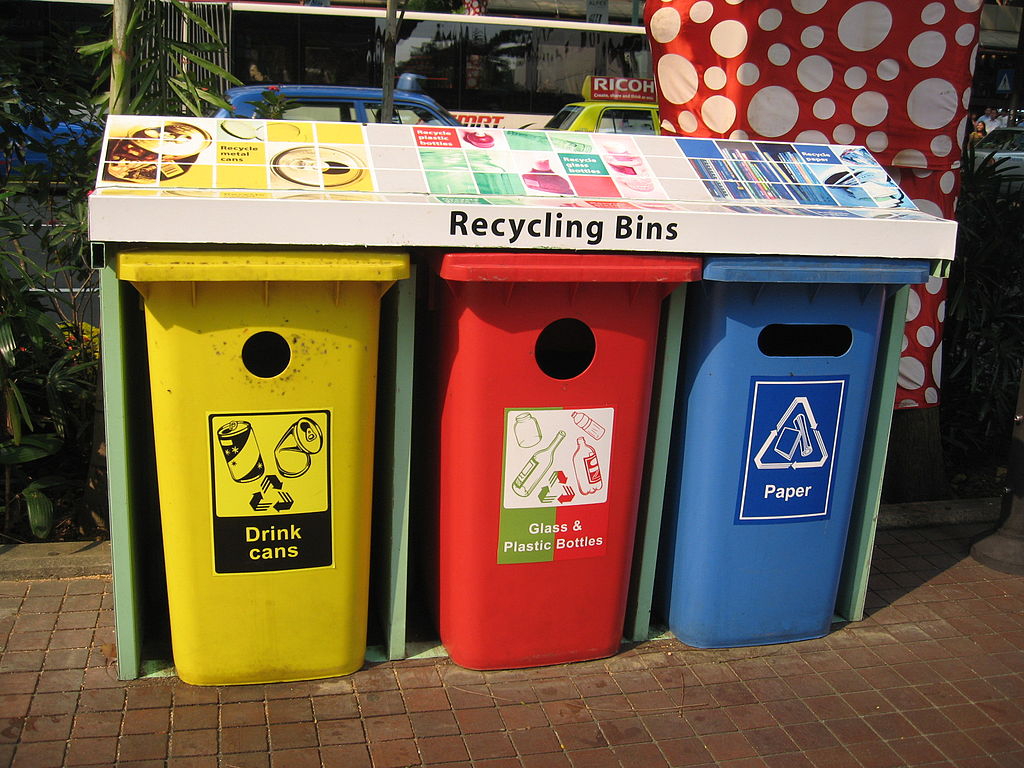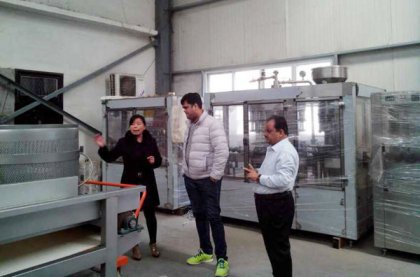Today, we all know how harmful plastic is to the environment, from the accumulation of plastic in the Mariana Trench, to the accumulation of microplastic particles in the human body. Plastic pollution has become commonplace. For juice factories, it is also a question worth thinking about what kind of bottles to fill the juice into. But now, what would you think if glass bottles were more polluting than plastic bottles?
It sounds unbelievable that glass bottles, which have always been known as environmentally friendly products, are actually more harmful than plastic bottles. This may be a statistical error. Otherwise, how could glass bottles be more harmful than plastics? Don't rush to deny this conclusion, let's take a look at the research of scientists.
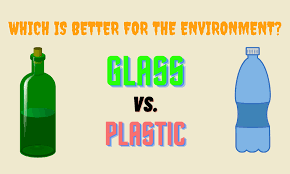
About Plastic Bottles
Plastic production is extremely widely used in beverage packaging because they are lightweight, cheap and durable, and can withstand a certain amount of pressure. Therefore, in the two aspects of beverage production and transportation, it is guaranteed that merchants can exchange for greater profits with the smallest economic cost.
Plastic bottles are the most ubiquitous beverage container in the world. One million plastic bottles are sold every minute, and its output is increasing every year. But because the bottles are mostly single-use, many of them are discarded and dumped on land and in the ocean. They constitute a large portion of all environmental pollution. Of the 32.5 million pieces of trash collected by Ocean Conservancy during international beach cleanups in 2019, plastic bottles and caps made up about 10 percent of all litter. They seriously pollute the marine environment. However, in the current recycling of plastic products, The recycling of PET is done best. Recycled PET bottles can not only be used as bottles, but also can be spun into man-made fibers, which is the common material of our clothing - polyester. In addition, recycled PET bottles can also be used as other packaging materials and engineering plastics.
About Glass Bottles
The analysis of glass bottles surprised the scientists. In the comparison of the overall ranking, the overall pollution of glass to the environment ranked first. Scientists explained that glass needs to consume more raw materials and resources in the production process, and the two most important raw materials are silica sand and dolomite. However, silica sand and dolomite, like petroleum, are difficult to reproduce in the short term, and the process of collecting silica sand will also cause damage to the environment, such as the destruction of riverbeds. The materials used to make the glass are inevitably inhaled into the lungs of the workers who collect them, making them vulnerable to silicosis after years of work. Making glass would require higher temperatures than making plastic, and to provide the high temperatures, fossil fuels are also a significant cost of making glass. In addition, a large amount of carbon dioxide is also released during the production of glass. During transportation, plastic bottles are relatively more environmentally friendly. A 1L glass bottle weighs 800g, while a plastic bottle of the same size weighs only 40g. Therefore, during transportation, glass bottles of beverages require more vehicles for transportation, which makes us consume more fossil fuels invisibly, and also brings the emission of greenhouse gases. In addition, even for recyclable glass bottles, 100% recyclable glass still cannot reduce the damage to the environment. On the one hand, the production process of glass is still the main factor. On the other hand, the recycling rate of such glass bottles is not high, and the recycling rate in most countries does not exceed 70%. If the recycling rate is low, glass bottles have no advantage in terms of carbon emissions, which means they are not environmentally friendly materials.
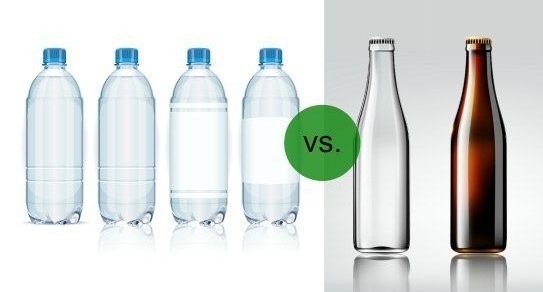
Filling Juice in PET Bottles May be The Best Choice.
According to a survey commissioned by the PET Resin Association (PETRA), PET clear plastic bottles have less environmental impact over their life cycle than aluminum cans or glass bottles. The survey compared total energy consumption, solid waste and greenhouse gas emissions per 100,000 ounces of soft drinks packaged in 20-ounce PET bottles and 8-ounce glass bottles. The results show that PET transparent plastic bottles emit less greenhouse gases, generate less waste and use less energy throughout their life cycle. The total energy consumption of PET transparent plastic bottles is 11 million BTU per 100,000 ounces of soft drink and 26.6 million BTU for glass bottles. If you want to produce fruit juice, our company's PET bottle filling machine can meet your needs. It is a three-in-one filling machine integrating cleaning, filling and capping. It is widely suitable for hot filling of sensitive liquids with pH<4.5, such as milk, green tea, fruit and vegetable juices, and beverages in various types of PET bottles.
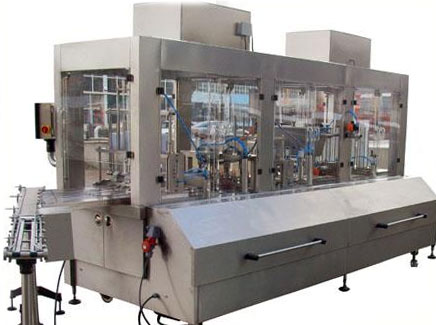
However, both plastic bottles and glass bottles must be used less or reused many times. Human beings must take responsibility for environmental protection and care for the environment.
